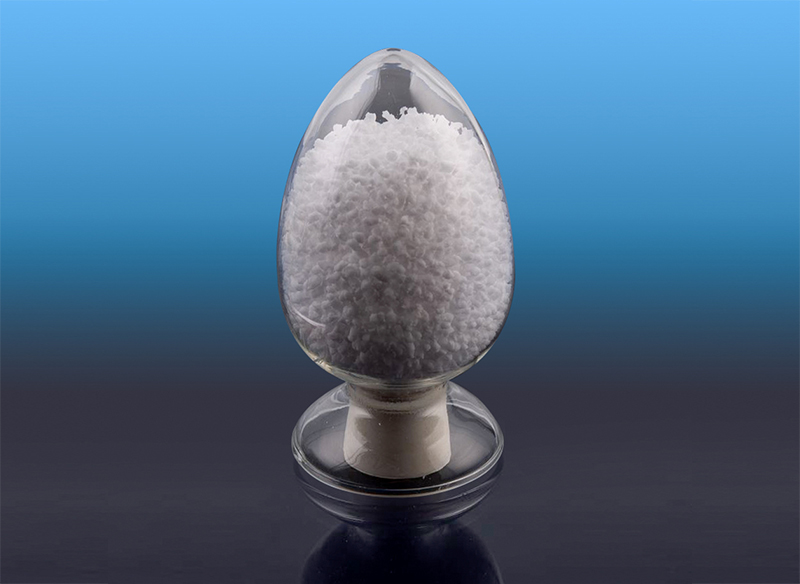What are the anti-aging properties of styrene-butadiene block copolymer?
Styrene-Butadiene Block Copolymer (SBS) is a thermoplastic elastomer composed of styrene and butadiene, with its basic structural units formed through block copolymerization. Due to its combined properties of rubber and thermoplastic plastics, SBS finds extensive applications in various industrial and daily use products. SBS exhibits excellent elasticity, abrasion resistance, and processing performance. However, its aging resistance is relatively poor, especially when exposed to environmental factors such as ultraviolet light, ozone, and oxygen, which significantly degrade its physical and chemical properties. This article explores the aging resistance of SBS and methods to improve it.
The molecular chains of SBS contain numerous unsaturated double bonds, making it susceptible to ultraviolet and ozone impacts. Under ultraviolet radiation, the double bonds in SBS undergo photo-oxidation reactions, leading to chain scission, causing the material to become brittle and lose elasticity. Additionally, ozone can directly attack the double bonds in SBS, triggering ozonolysis reactions, further accelerating the aging of SBS. These factors collectively cause surface cracking, hardening, and failure in SBS when used outdoors.
To improve the aging resistance of SBS, antioxidants are commonly added. Antioxidants can capture free radicals and inhibit the chain reactions of free radicals, thereby delaying the oxidative degradation of SBS. Common antioxidants include phenolic antioxidants, amine antioxidants, and phosphite antioxidants. By adding an appropriate amount of antioxidants to SBS, its resistance to thermal-oxidative aging can be significantly improved, extending its service life.
Light stabilizers are another important class of additives used to enhance the light-aging resistance of SBS. Light stabilizers mainly include ultraviolet absorbers and light screeners. Ultraviolet absorbers can absorb ultraviolet energy and convert it into harmless thermal energy, thus protecting SBS from ultraviolet damage. Light screeners form a protective film on the surface of the material, blocking direct ultraviolet irradiation, thereby slowing down the photo-aging process of SBS.

Adding fillers can not only enhance the mechanical properties of SBS but also improve its aging resistance to some extent. Common fillers include carbon black, silica, and clay. Carbon black, as a filler, can enhance the strength and abrasion resistance of SBS and has some ultraviolet resistance. Inorganic fillers such as silica and clay improve the thermal stability and aging resistance of SBS by increasing the rigidity of the material and reducing the movement of molecular chains.
Hydrogenation treatment converts the double bonds in SBS to single bonds, reducing its chemical reactivity and thus improving the aging resistance of the material. Hydrogenated SBS, known as hydrogenated styrene-butadiene block copolymer (SEBS), exhibits significantly improved resistance to heat, ultraviolet light, and ozone, making it suitable for more demanding environments. However, hydrogenation is costly and complex, requiring a balance between economic feasibility and performance enhancement.
Blending SBS with other polymers can significantly improve its aging resistance. For instance, blending SBS with polyethylene, polypropylene, or ethylene-vinyl acetate can enhance the material's thermal stability and oxidation resistance. Additionally, using nanomaterials such as nanoclay and nanosilica in blends can effectively improve the mechanical properties and aging resistance of SBS.
Although Styrene-Butadiene Block Copolymer (SBS) possesses excellent mechanical properties and processing performance, its poor aging resistance limits its application in certain fields. Adding antioxidants, light stabilizers, fillers, undergoing hydrogenation treatment, or blending modifications can significantly enhance the aging resistance of SBS, expanding its application range. With the development of material science, more novel modification methods will be developed in the future to further enhance the comprehensive performance of SBS.





